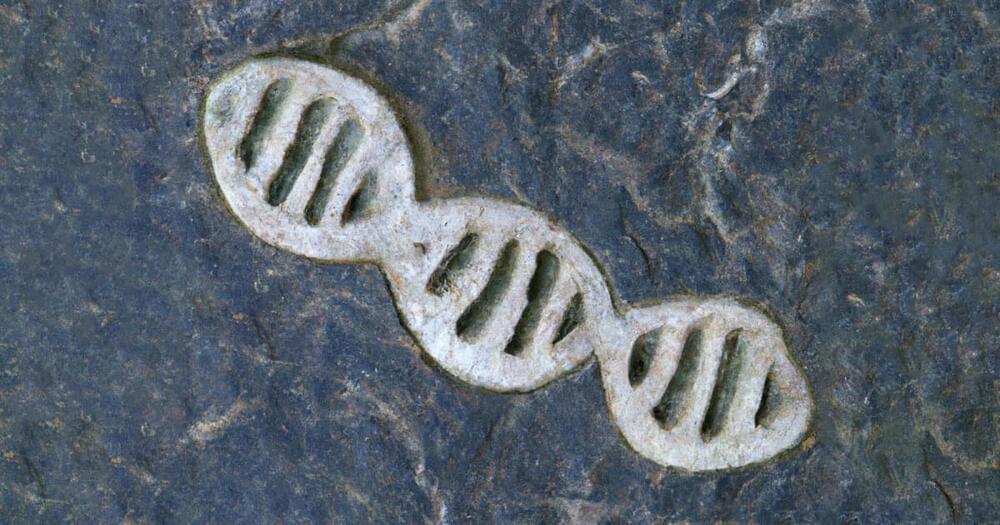Incapable of replicating on their own, viruses must hijack other organisms, like bacteria, to continue their existence. Little wonder, then, that bacteria had to develop ways to fight back.
Among them is CRISPR, a kind of an immune system that keeps DNA records of previous infections and then uses a protein called Cas to attack viruses that show up again. When Cas reaches a targeted virus, it cleaves the viral DNA, protecting the bacteria from infection.
Researchers have harnessed that targeted, DNA-snipping ability as a gene editing tool for all kinds of organisms. CRISPR can now be found in a variety of fields doing a variety of jobs, from helping to fight sickle cell and high cholesterol in humans to gene editing animals and crops. It’s proven to be an amazingly versatile tool.
